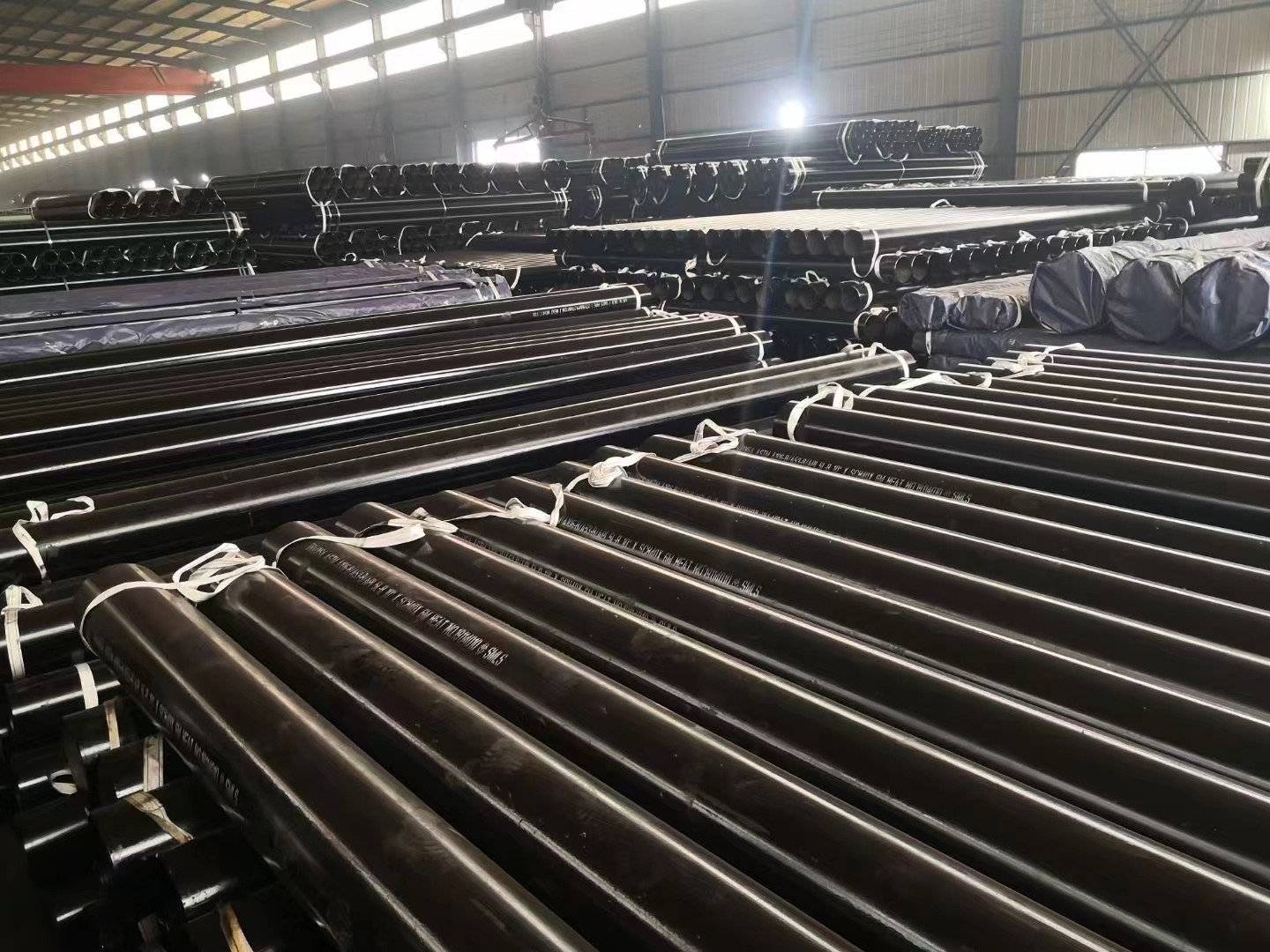-
Cangzhou Yulong Steel Co., Ltd.
-
Phone:
+86 13303177267 -
Email:
admin@ylsteelfittings.com
- English
- Arabic
- Italian
- Spanish
- Portuguese
- German
- kazakh
- Persian
- Greek
- French
- Russian
- Polish
- Thai
- Indonesian
- Vietnamese
- Zulu
- Korean
- Uzbek
- Hindi
- Serbian
- Malay
- Ukrainian
- Gujarati
- Haitian Creole
- hausa
- hawaiian
- Hebrew
- Miao
- Hungarian
- Icelandic
- igbo
- irish
- Japanese
- Javanese
- Kannada
- Khmer
- Rwandese
- Afrikaans
- Albanian
- Amharic
- Armenian
- Azerbaijani
- Basque
- Belarusian
- Bengali
- Bosnian
- Bulgarian
- Catalan
- Cebuano
- China
- China (Taiwan)
- Corsican
- Croatian
- Czech
- Danish
- Esperanto
- Estonian
- Finnish
- Frisian
- Galician
- Georgian
- Kurdish
- Kyrgyz
- Lao
- Latin
- Latvian
- Lithuanian
- Luxembourgish
- Macedonian
- Malgashi
- Malayalam
- Maltese
- Maori
- Marathi
- Mongolian
- Myanmar
- Nepali
- Norwegian
- Norwegian
- Occitan
- Pashto
- Dutch
- Punjabi
- Romanian
- Samoan
- Scottish Gaelic
- Sesotho
- Shona
- Sindhi
- Sinhala
- Slovak
- Slovenian
- Somali
- Sundanese
- Swahili
- Swedish
- Tagalog
- Tajik
- Tamil
- Tatar
- Telugu
- Turkish
- Turkmen
- Urdu
- Uighur
- Welsh
- Bantu
- Yiddish
- Yoruba

Nov . 21, 2024 18:36 Back to list
blind flange end
Understanding Blind Flanges A Comprehensive Overview
In the realm of piping systems and infrastructure, the importance of various components cannot be understated. Among these components, blind flanges play a critical role. A blind flange is a type of flange that is used to close the end of a piping system. Unlike other flanges that can connect to another pipe or fitting, a blind flange serves as a flat, circular plate that effectively seals the piping, preventing the flow of fluids or gases. This article delves into the characteristics, uses, advantages, and installation techniques of blind flanges, providing a well-rounded understanding of this essential component.
Characteristics of Blind Flanges
Blind flanges are typically made from a variety of materials, including carbon steel, stainless steel, and various alloys, which offer different benefits depending on the medium being transported and the operating conditions. The dimensions of blind flanges also conform to several industry standards, such as ANSI, ASME, and DIN, ensuring their compatibility with a range of piping systems.
The key distinguishing feature of blind flanges is their lack of a central opening, which sets them apart from other flange types. They can come in various thicknesses and pressure ratings, allowing engineers to choose the right flange for specific applications. The raised face or flat face designs of blind flanges help facilitate the sealing process, ensuring airtight and leak-proof performance.
Uses of Blind Flanges
Blind flanges find their applications in a multitude of scenarios. One of the most common uses is to close off the ends of piping systems that are not in use or where maintenance work is ongoing. This is crucial for preventing spills or leaks that could pose safety hazards or environmental concerns.
In addition to sealing, blind flanges are also used in processes where future access to a piping system may be required. By allowing for easy disconnection and reconnecting of sections of pipes, these flanges enable access to the system for repairs or inspection without the need for complete disassembly.
Moreover, they are often employed in pressure vessels and tanks, serving as cleanouts and access points, promoting maintenance, and helping to maintain the integrity of the system.
blind flange end

Advantages of Using Blind Flanges
The decision to utilize blind flanges comes with several notable advantages. Firstly, they provide a hermetic seal that is essential for highly pressurized systems, ensuring that there are no leaks that could lead to failures or downtime.
Secondly, cast or forged blind flanges exhibit excellent durability, allowing them to withstand high temperatures and pressures associated with various industrial processes. This durability leads to a longer lifespan for the flanges and the overall piping system, which translates to reduced maintenance costs in the long term.
Additionally, blind flanges offer flexibility in design and installation. They can be produced in various sizes to accommodate different pipe diameters and can be installed quickly and easily with minimal additional equipment.
Installation Techniques
Installation of blind flanges should follow best practices to ensure a secure fit and prevent potential issues. The first step in installation is to prepare the flange faces by cleaning them to remove any debris or old sealing material. Use of a proper gasket is essential for achieving a leak-tight seal.
Next, the blind flange is aligned with the piping system before being secured with bolts evenly tightened in a crisscross pattern. This method ensures that the flange is seated evenly, preventing stress points that could lead to failure. It is crucial to adhere to the manufacturer's specifications regarding torque to avoid over-tightening, which may cause damage.
Conclusion
In summary, blind flanges are essential components within piping and valve systems, providing robust methods for sealing and future accessibility. Their versatility, durability, and ease of installation make them a popular choice across various industries, from oil and gas to chemical processing and beyond. Understanding blind flanges and their applications can significantly enhance the performance and safety of a piping system, proving their worth in modern engineering.
Latest news
-
ANSI 150P SS304 SO FLANGE
NewsFeb.14,2025
-
ASTM A333GR6 STEEL PIPE
NewsJan.20,2025
-
ANSI B16.5 WELDING NECK FLANGE
NewsJan.15,2026
-
ANSI B16.5 SLIP-ON FLANGE
NewsApr.19,2024
-
SABS 1123 FLANGE
NewsJan.15,2025
-
DIN86044 PLATE FLANGE
NewsApr.19,2024
-
DIN2527 BLIND FLANGE
NewsApr.12,2024
-
JIS B2311 Butt-Welding Fittings LR/SR 45°/90° /180°Seamless/Weld
NewsApr.23,2024











